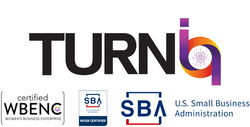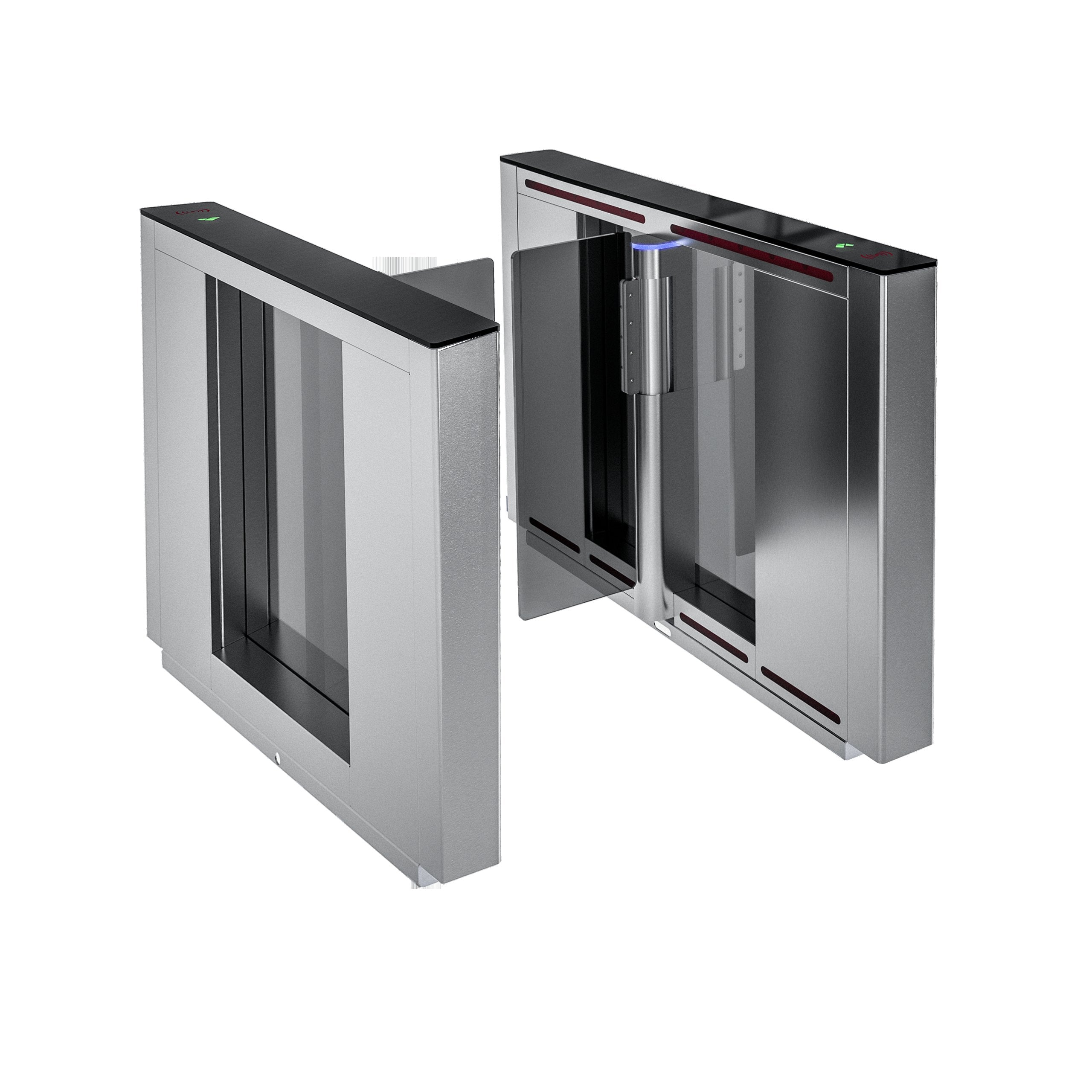Access Control Systems Explained: Types, Benefits, and Costs in 2025
Modern facilities need more than locks and keys to stay secure. Access control systems combine hardware and software to manage who can enter a site, when they can enter, and under what conditions.
From small offices to international airports, access control systems are the backbone of security, compliance, and efficiency. This guide explains what they are, the types available, their benefits, and what to expect in terms of cost.
What Is an Access Control System?

Definition
An access control system (ACS) regulates who can enter or exit a facility, specific rooms, or secure zones using electronic authentication methods.
Core Components
-
Credential (card, mobile app, biometric, PIN)
-
Reader (device that verifies the credential)
-
Controller (system that decides to grant or deny access)
-
Barrier (turnstile, door lock, gate, or bollard)
Types of Access Control Systems
Discretionary Access Control (DAC)
Users or managers control permissions at their discretion. Common in smaller businesses.
Mandatory Access Control (MAC)
Strict, policy-driven access (e.g., government, military). Permissions are centrally managed.
Role-Based Access Control (RBAC)
Permissions are assigned by role (employee, contractor, visitor). The most common system in corporate and industrial use.
Rule-Based Access Control
Access depends on specific conditions — time of day, shift schedules, or compliance requirements.
Access Control Methods
Card & Fob Systems
RFID or proximity cards remain the most widely used access method.
Biometric Systems
Fingerprint, face, iris, or palm recognition provide higher accuracy and stronger authentication.
Mobile Credentials
Smartphones act as digital keys, using NFC, Bluetooth, or QR codes.
PIN Codes & Keypads
Still widely used, often as part of two-factor authentication.
Benefits of Access Control Systems
Security & Safety
Ensure only authorized people enter sensitive areas.
Compliance
Helps organizations meet security regulations and industry standards.
Convenience
Eliminates the need for physical keys, which can be lost or duplicated.
Scalability
Easily add or remove users, integrate with HR or visitor management systems.
Analytics & Monitoring
Track entry/exit logs for audits, investigations, or time & attendance.
Cost of Access Control Systems in 2025
Small Business Systems
-
Basic card/fob systems: $2,000 – $5,000 per site
Mid-Sized Facilities
-
Role-based systems with multiple readers: $10,000 – $25,000
Large Enterprises & High-Security Sites
-
Biometric and multi-factor authentication systems: $30,000 – $100,000+
Ongoing Costs
-
Licensing and software updates
-
Maintenance contracts (10–15% of system cost annually)
-
Hardware upgrades as technology evolves
FAQ: Access Control Systems
What’s the most secure method of access control?
Biometrics combined with role-based permissions and multi-factor authentication.
Can access control systems integrate with CCTV?
Yes — integration provides a complete security solution with both monitoring and entry control.
Are mobile credentials replacing cards?
Yes, mobile access is growing rapidly, though many facilities still use cards for cost reasons.
Why Choose TurnIQ?
TurnIQ designs and installs complete access control solutions that integrate with turnstiles, barriers, gates, and biometrics. Our systems are built to scale — from small offices to critical infrastructure.
Looking to upgrade your access control? Contact TurnIQ for expert advice.
Conclusion
Access control systems are no longer optional — they are an essential part of modern security. By understanding the types, benefits, and costs, organizations can choose the right solution to protect their people, assets, and operations.





